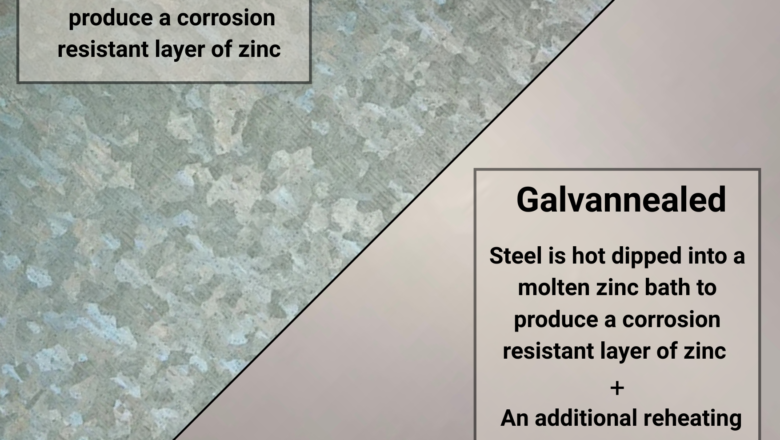
Knowing your Bid/Hit Ratio
Do You Know Your Bid/Hit Ratio?
Most distributors understand the importance of knowing their bid/hit ratio, but it’s easy for the day-to-day hustle of taking care of projects and customers to push this critical metric aside. December is the perfect time to bring it back into focus.
Here’s a quick refresher on how to compute your Bid/Hit Ratio:
Bid Hit Ratio = Projects Won / Projects Quoted X 100
Ex: If you quoted 200 projects and won 120, your bid/hit ratio is 60%
Why It Matters
Understanding your ratio provides clarity at a glance:
It reveals patterns you may have missed during the busy months.
It helps you evaluate the true effectiveness of your team’s efforts.
It creates a realistic baseline you can refine as you build next year’s projections.
Digging Deepe...




